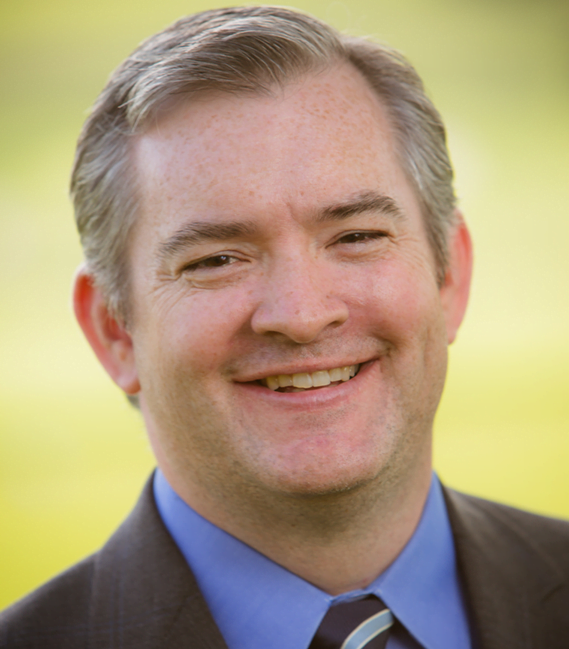
Scranton Location
Our Scranton office is home to our Ambulatory Surgical Center where we offer LASIK, cataract surgery, intraocular lens implants, and other eye surgeries to correct retina issues for patients.
Scranton, Wilkes-Barre, Hazleton, and other nearby areas in northeastern Pennsylvania.
Working Hours
Monday - Friday
8:00 AM - 5:00 PM
Saturday
8:00 AM - 12:00 PM
Sunday
Closed
*Please call before coming into optical on a Saturdays.
Hours of operation are subject to change without notice.
Our Doctors
Dr. Jerome Jordan is one of the founders of Northeastern Eye Institute. He specializes in cataract surgery, performing small incision, no-stitch, no-needle cataract techniques. He has performed over 20,000 cataract surgeries.
Dr. Frattali is a comprehensive ophthalmologist with special interests in cataract surgery, glaucoma, and pediatric ophthalmology. She joined Northeastern Eye Institute in 1993, and is the third generation of her family to practice ophthalmology in Northeastern Pennsylvania, following in the footsteps of her father, Stanley W. Boland, Jr., M.D. (an NEI founder) and her grandfather, Stanley W. Boland, Sr., M.D.. She is a Clinical Assistant Professor for The Commonwealth Medical College.
Dr. Jordan is a comprehensive ophthalmologist with special interests including cataract surgery, glaucoma and neuro-ophthalmology. He is also a site director for the Philadelphia College of Osteopathic Medicine (PCOM) and the Lake Erie College of Osteopathic Medicine (LECOM) and is Clinical Assistant Professor in the department of surgery of The Commonwealth Medical College. Dr. Jordan serves on the Board of the Lackawanna Branch of the Pennsylvania Association for the Blind and the Steamtown Marathon Board. An avid runner, Dr. Jordan participates in many area charitable races and has completed the Steamtown Marathon several times.
Dr. Christopher Jordan is a Fellowship-trained Cornea and Refractive Surgery Specialist. Following in the footsteps of his father, Jerome W. Jordan, M.D. and his grandfather, James S. Jordan, M.D., Dr. Chris is a third-generation ophthalmologist practicing in Northeastern Pennsylvania.
Dr. Boland is a member of Gate of Heaven Church. He has served on the Athletic Committee, coached basketball and served on various other committees at Gate of Heaven School over the years. He has also coached youth soccer and basketball in the Backmountain and Wyoming Valley Leagues. Dr. Boland also serves as a faculty member of The Commonwealth Medical College.
Dr. Jordan is a comprehensive ophthalmologist with special interests including cataract surgery and glaucoma. He serves on the Board of the Lackawanna Branch of the Pennsylvania Association for the Blind and is the co-chairman of its annual Swing for Sight golf tournament. He is also a site director for the Philadelphia College of Osteopathic Medicine (PCOM) and the Lake Erie College of Osteopathic Medicine (LECOM) and is a Clinical Assistant Professor of The Commonwealth Medical College. Dr. Jordan is a member of the National Ski Patrol and is on the Ski Patrol at Elk Mountain Ski Resort.

Treatments
PRK stands for photorefractive keratectomy, which precedes LASIK eye surgery. The main difference between PRK and Lasik surgery is PRK doesn’t require the creation of a corneal flap. Instead, our surgeon applies a laser directly to the eye’s surface. As a result, the outermost layer of the eye gets removed. The overall recovery time is longer than that of LASIK, because it involves removing that top layer. This procedure works best on patients who have thin or steep corneas. Most patients who undergo PRK achieve 20/20 vision or better.
Humans see the world in three dimensions. Your eyes are set slightly apart to give you the depth perception to gauge distance and range accurately. The ability to use both eyes to attain a single, simultaneous image is called binocular vision. Binocular vision disorder occurs when both eyes fail to work together, affecting your focus, hand-eye coordination, and eye movement control. We offer a tailor-made vision therapy program to help improve your eyesight. It comprises two 30-minute sessions twice a week, and you receive at-home activities to support the process. It usually takes four to five months to complete.
Cataracts affect most people by age 75. This natural clouding occurs on the eye lens, but it can be treated using innovative laser surgery or ultrasound-based extraction. This outpatient procedure doesn’t typically require stitches, and you can return home the day of the procedure. Our computerized laser makes highly precise incisions in your eye, which makes for a much more accurate incision than a blade. Our board-certified ophthalmologists will remove your cloudy lens and replace it with an artificial intraocular lens, also known as an IOL.
The cornea is a tissue that covers the colored portion of the eye. It’s often exposed to light, touch, and environmental factors that might cause irritation and pain. Corneal disorders can also affect your vision. Types of cornea damage include:
- Corneal abrasion: Fingernails, contact lenses, paper cuts, or other irritations can cause this injury to the cornea.
- Conjunctivitis: Conjunctivitis is an inflammation of the membrane that covers the white of the eye. When this area becomes inflamed, the blood vessels that supply it become enlarged and prominent, causing the eye to turn red.
- Keratoconus: This degenerative eye disorder causes the cornea to bulge outward in a cone shape.
According to the National Eye Institute, nearly 16 million people live with dry eyes. The condition develops when your tear ducts produce an inadequate quality or quantity of tears, causing your eyes to experience uncomfortable symptoms, particularly friction between the eyelid and cornea. Dry eyes can also affect your candidacy for other eye procedures, such as LASIK. Unless you receive treatment for this Meibomian gland dysfunction, you might suffer from long-term vision damage. In most instances, we’ll recommend LipiFlow, which restores properly functioning tear film, to correct it.
If you’re concerned about the natural aging process and how it affects your eyes, consider oculoplasty. We offer several oculoplasty procedures, some of which involve removing excess skin and fat from the upper and lower eyelids to give you a more youthful appearance. The time it takes to perform an eyelid rejuvenation surgery depends on the type of treatment option you choose. For instance, if you have a blepharoplasty performed on your upper or lower eyelids, expect the procedure to take up to two hours.
Northeastern Eye Institute offers comprehensive eye exams by the region’s top team of highly trained eye doctors. Undergoing a thorough annual eye exam can help diagnose and treat issues early. One of our professionals will review your general health, answer your questions, and perform a full battery of tests. These tests might include:
- Measuring vision at certain distances
- Assessing pupil response with a flashlight
- Measuring the cornea’s external structures
- Examining the retinal tissue, blood vessels, and nerve functions
- Performing a peripheral eye test that includes dilation drops
Just like circulating blood in the body applies pressure to blood vessel walls, your eyeballs have internal pressure known as intraocular pressure, or IOP. When the IOP increases to near dangerous levels, it can damage the optic nerve that sends certain signals to the brain. If you don’t treat high IOP early, you can lose peripheral vision or develop blindness. If you begin to experience eye pain, headaches, or nausea or see rainbow-colored halos around lights, you might have early-onset glaucoma. Visiting our eye care specialists when glaucoma is in its initial stages can help minimize the damage.
Also known as LASIK, laser vision correction surgery allows you to wake up and see clearly without wearing glasses or contact lenses. Customized LASIK procedures give our ophthalmologists the ability to tailor the operation to the contours of your eyes. Our LASIK surgeons have years of experience, having performed thousands of successful procedures since we opened our doors in 1984. We’ll make a three-dimensional map of your eyes to give you the best possible outcome. Many patients report 20/20 vision or better after.
If you need one of these eye care services or procedures, reach out to Northeastern Eye Institute. Our state-of-the-art, 45,000-square-foot Scranton facility features 36 examination rooms, 14 diagnostic testing areas, and six patient waiting rooms. We have 14 other offices in Pennsylvania if you’re looking for a location closer to
More Locations

Have any other questions?






